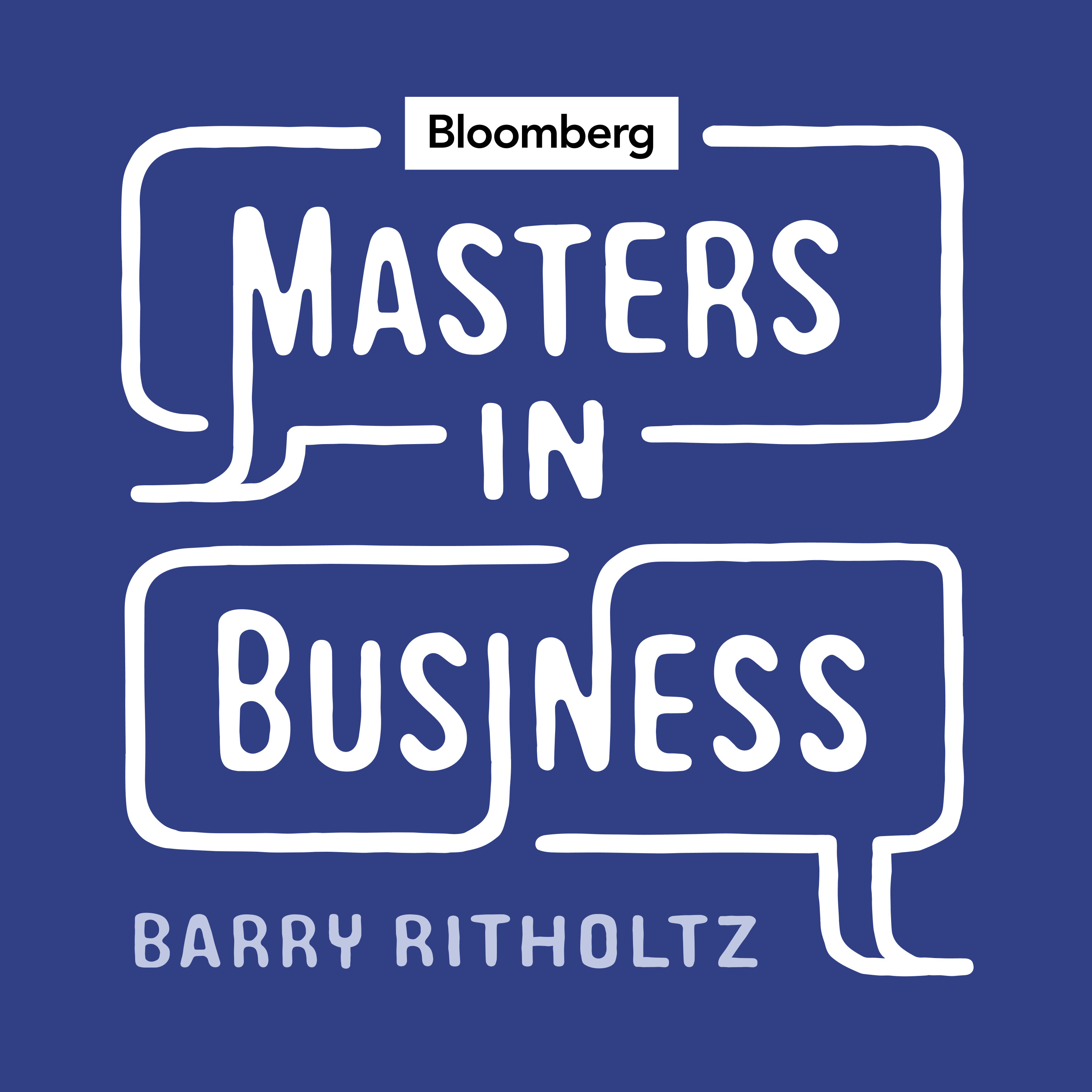
From AQR Quant to Founder & CIO with Brian Hurst

Masters in Business
Deep Dive
What is Brian Hurst's background and what is his current role?
Brian Hurst is the Founder, CEO, and CIO of ClearAlpha, a multi-manager, multi-strategy hedge fund. He previously spent 21 years at AQR Capital Management, where he was a portfolio manager, researcher, head of trading, and the first non-founding partner. He managed over $15 billion in hedge fund assets and played a key role in designing AQR's trading platform.
Why did Brian Hurst transition from AQR to founding ClearAlpha?
After spending 21 years at AQR, Brian Hurst sought new challenges and opportunities. He founded ClearAlpha to leverage his extensive experience in quantitative finance and multi-strategy hedge fund management, aiming to create a fund focused on delivering sustainable, non-correlated alpha.
What was Brian Hurst's role at AQR Capital Management?
At AQR, Brian Hurst held multiple roles, including portfolio manager, researcher, head of trading, and the first non-founding partner. He was instrumental in designing and implementing AQR's trading platform and managed over $15 billion in hedge fund assets.
How did Brian Hurst start his career in finance?
Brian Hurst began his career at DLJ (Donaldson, Lufkin & Jenrette) as a summer analyst, where he worked on automating investment analyst tasks. He later joined Goldman Sachs, where he was the first hire in Cliff Asness's quantitative research group, which eventually led to the founding of AQR Capital Management.
What is the significance of multi-strategy hedge funds in the industry?
Multi-strategy hedge funds reduce correlation and risk by combining various strategies in one vehicle, leading to more consistent returns. They address the inefficiencies of single-strategy funds and fund-of-funds by improving capital efficiency and offering better risk management.
What is the concept of 'niche alpha' as discussed by Brian Hurst?
Niche alpha refers to unique, less common strategies that are less crowded and more immune to common risks. These strategies often involve complex or rare techniques and generate smaller but more consistent returns compared to high-capacity, well-known strategies.
How does Brian Hurst describe the evolution of hedge fund strategies?
Brian Hurst outlines the evolution from single-strategy hedge funds to multi-strategy and multi-manager funds. This shift was driven by the need for consistency, capital efficiency, and better risk management, as single-strategy funds often struggled with performance inconsistency and high cash inefficiency.
What is the 'behavior gap' in investing, and how does it impact returns?
The 'behavior gap' refers to the difference between the returns a fund generates and what investors actually earn due to poor timing of investments and redemptions. For alternative funds, this gap can be as high as 170 basis points annually, significantly reducing long-term wealth accumulation.
What is 'portable alpha,' and how does it benefit investors?
Portable alpha involves combining a beta exposure (like the S&P 500) with an alpha stream, allowing investors to gain exposure to alternative return streams without the constraints of traditional active management. This approach often delivers more consistent returns compared to traditional active strategies.
What advice does Brian Hurst give to recent college graduates interested in finance?
Brian Hurst advises recent graduates to 'talk less and listen more.' He emphasizes the importance of learning from others and avoiding the Dunning-Kruger effect, where individuals overestimate their knowledge. He suggests that listening to experienced professionals can accelerate success in the field.
- Brian's initial unawareness of quantitative finance as a field
- His father's advice to pursue corporate finance
- His summer internship at DLJ and automation of investment analysis
- Experience with Microsoft Excel and FactSet
- Landing his first job at Goldman Sachs due to a combination of hard work and luck
- His technology background from early entrepreneurial ventures in high school and college
Shownotes Transcript
Barry speaks with Brian Hurst, Founder and Chief Investment Officer of ClearAlpha. Prior to founding ClearAlpha, Brian spent 21 years at AQR Capital Management as a portfolio manager, researcher, head of trading and the first non-Founding Partner at the firm. Brian also led numerous operating and investment committees including AQR's Strategic Planning Committee and the Risk Committee. He was instrumental in the design and implementation of AQR's trading platform and his time as senior portfolio manager placed him in charge of over $15 billion in hedge fund assets. Brian also Serves as a Member of the Yale New Haven Children's Hospital Council.
See omnystudio.com/listener) for privacy information.